
For Patients
Pulmonary fibrosis is a very complex disease and the medical information you receive may be difficult to understand at times. There are also many decisions to be made including treatment as well as emotional and practical concerns. The good news is that scientists and researchers all over the world are working hard to find a cure for pulmonary fibrosis and there are many clinical trials of new treatments. If you think you may be eligible for a trial, please read on to find out more or contact us to discuss further.
What are the symptoms of Pulmonary Fibrosis?
Pulmonary fibrosis means “lung scarring”. The scarred and damaged tissue in the lungs progressively affects a person’s ability to breathe. Unfortunately, pulmonary fibrosis is commonly misdiagnosed. Clinical trials are a great way to stay positive, share experiences with other patients, and contribute to the development of treatments for pulmonary fibrosis.
Early in the disease, symptoms of pulmonary fibrosis can be very mild which can make it difficult to detect. This can also lead to a delayed diagnosis. Common symptoms include:
- Shortness of breath which is particularly noticeable when walking up hills or climbing stairs, and a general reduced exercise capacity or inability to perform usual activities without breathlessness.
- A dry, hacking cough that doesn’t get better – some people may produce clear phlegm.
- Weight loss – gradual and unintended.
- Clubbing of fingernails and toenails – Beak-shaped finger and toenails, commonly known as ‘clubbing’.
What is the cause of Pulmonary Fibrosis?
There is not just one cause of pulmonary fibrosis. There are many different types of pulmonary fibrosis and for some forms the cause is not known. This is particularly the case for Idiopathic Pulmonary Fibrosis (IPF), the most common type of pulmonary fibrosis. However, scientists and healthcare professionals all over the world are working to better understand the disease. What we do know is that although it affects people of any age and ethnic background, Idiopathic Pulmonary Fibrosis typically affects middle aged to older people and is more common in men than women. Examples of some causes of other forms of pulmonary fibrosis include exposure to dusts (for example silica dust which causes silicosis and asbestos which causes asbestosis), domestic birds and some medications (this can cause a disease called hypersensitivity pneumonitis), as well as autoimmune processes in patients with rheumatoid arthritis or scleroderma.
How is Pulmonary Fibrosis diagnosed?
Many of the different forms of pulmonary fibrosis, including Idiopathic Pulmonary Fibrosis, are ‘Interstitial lung diseases’. This means that they predominantly affect the lung itself, rather than the airways in the lung (asthma and COPD are examples of airway diseases). For this reason, doing a high-resolution CT scan of the chest (HRCT) which gives very finely detailed images of the lung itself and doing specialised lung function tests, are essential to diagnosing pulmonary fibrosis. Some patients may need further tests including bronchoscopy (a camera to look inside the lungs) or a lung biopsy.
What can I expect to experience?
It is important to know that each person experiences pulmonary fibrosis differently. Some people can remain stable for many years; others may decline rapidly, and others have a series of distinct ‘steps’ of suddenly feeling worse, followed by a period where their symptoms become stable. As the scarring is progressive and irreversible, you will find your health declines over time.
How common is Pulmonary Fibrosis?
Although pulmonary fibrosis is rare, you are not alone. In Australia, there is a conservative estimate of approximately 1,250 people are being diagnosed with Idiopathic Pulmonary Fibrosis each year, however currently it is not known exactly how many people are affected. There are many more people living with other forms of pulmonary fibrosis.